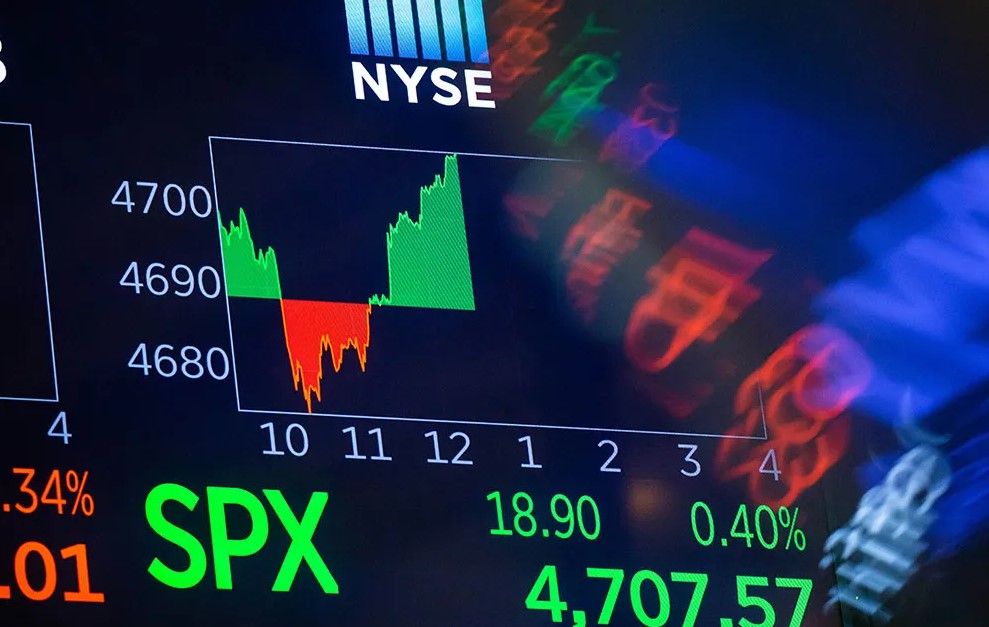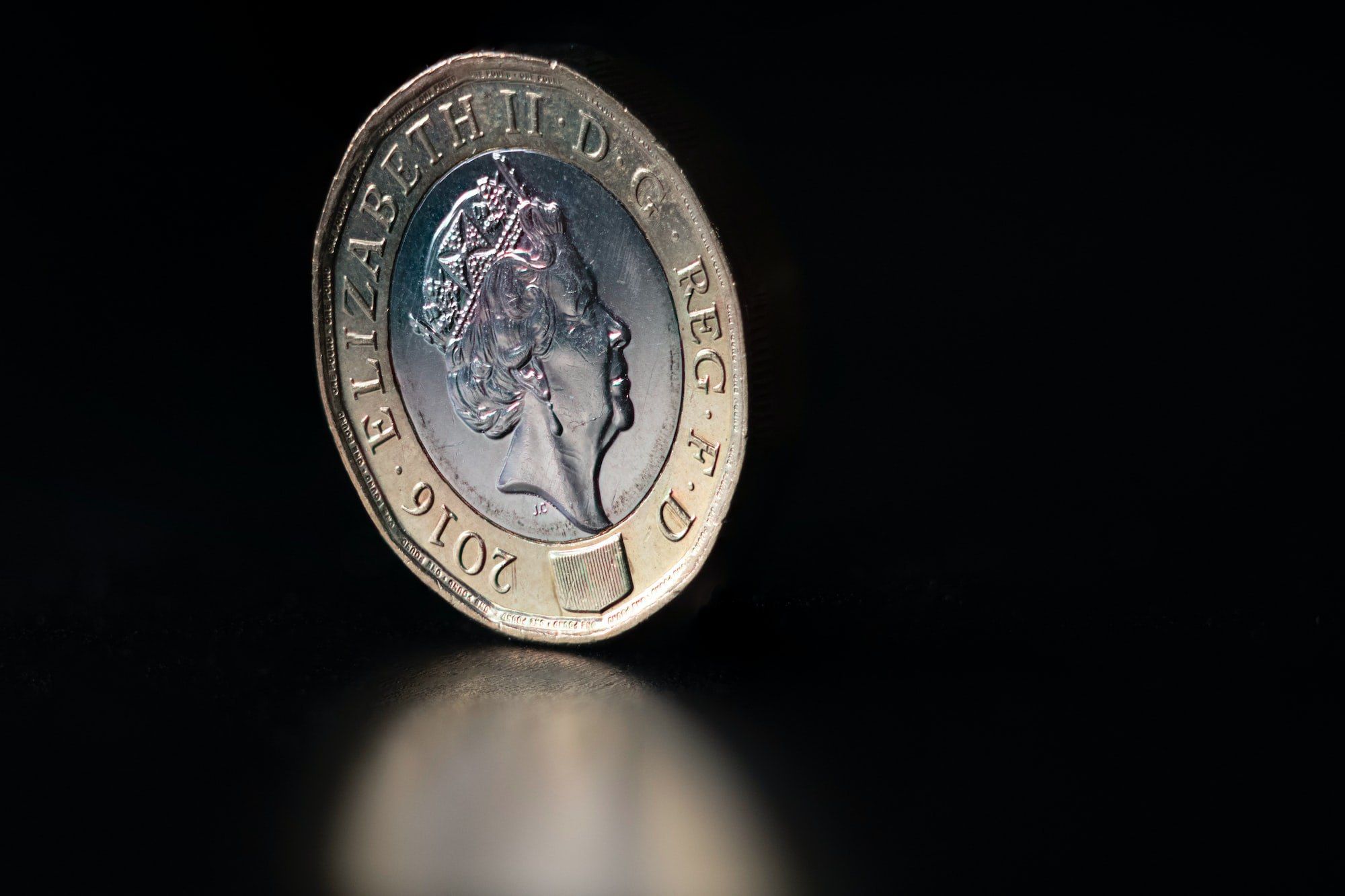FXOpen
For years one of the most frequently posted “open” strategies for trading newbies and forum goers has been the moving average cross over strategy.
Every strategy has its own unique facts and figures attached to it. Be it the parameters of the indicator itself or the time frame or the trading conditions. The strategy has always been looked at and will always pop up during a trending market cycle.
Then alternative moving average strategies, such as the ever so famous “cornflower” strategy, have popped up and shown the world that average prices can be used as support, resistance and breakout points. Of course, its extremely obvious that a price that is considered an average will be a reactionary zone for traders. The price should move in a more aggressive fashion around prices that are considered averages. The price may reject the average, or it may bust through it.
The problem of course remains that an average is based on old data. The data reflected in an average is the past and it does not predict the future. This of course, is the reason that cross over strategies do not work in all market conditions.
Perhaps it is time that people start comparing current price to past data, and use the data of “now” to make our market decisions with our moving average strategies.
One of my recent projects is to eliminate one of the moving averages from the cross over strategy and applying current price as the second line for cross over. Doing this we increase the value of the data and are more likely to have valuable results.
You are probably wondering what the purpose of this blog post is? Understandable.
These days strategies are being made with a lot of historic, unreliable data. Look at the last 3 years of the FOREX market and the greed/fear mentality that has been driving our market. As things settle, why would the data from that period of time mean anything to the current price? We should start focusing our strategies on the current data. Use what the price is doing now, and compare it to past data. Don’t compare out dated data with out dated to come to an assumption on what the current price will do.
So the next time you are doing research on a strategy using moving averages, keep in mind that the current price is can be treated as a moving average just as much as the price 1 year ago.
Happy trading!
You can read more about Simple Moving Average in article
This article represents the opinion of the Companies operating under the FXOpen brand only. It is not to be construed as an offer, solicitation, or recommendation with respect to products and services provided by the Companies operating under the FXOpen brand, nor is it to be considered financial advice.






